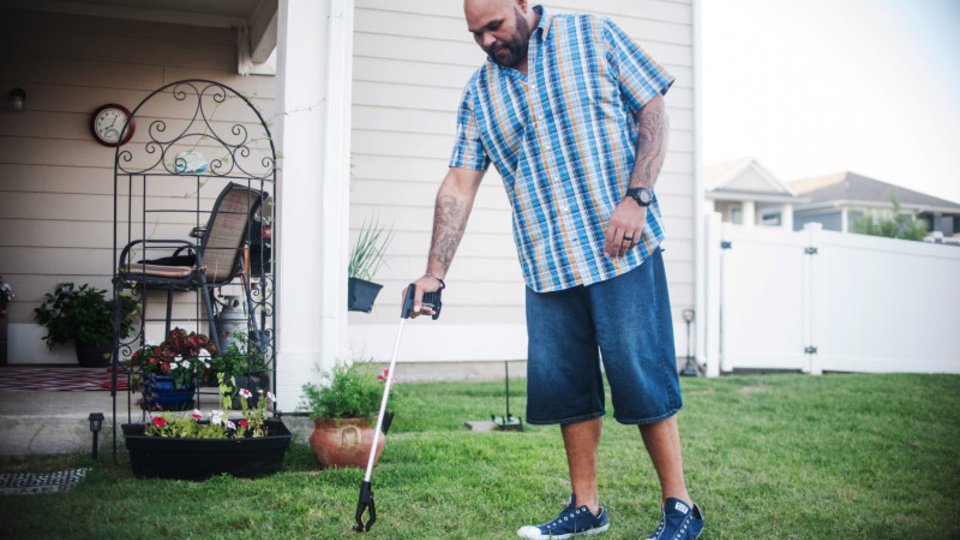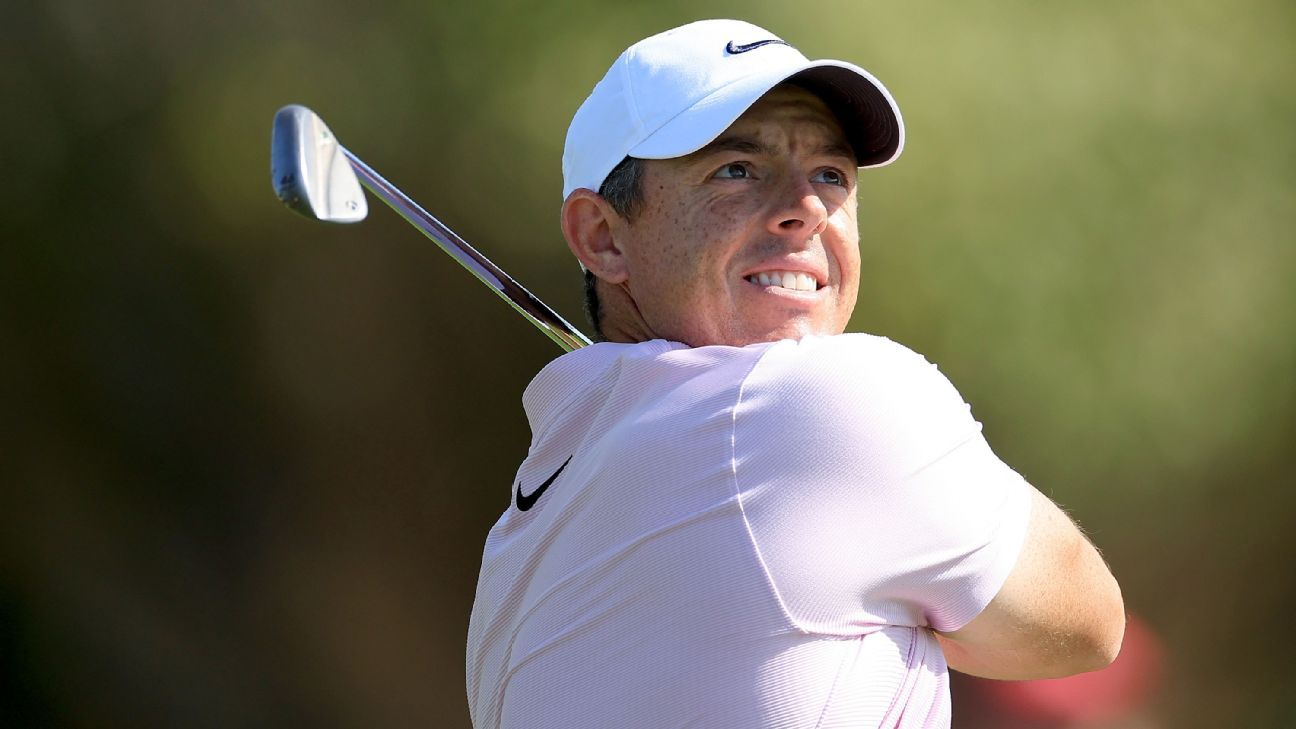
Opioids. A group of painkillers that have gained popularity in recent times for two reasons: the Netflix documentary “Lethal Medicine” and images broadcast on social networks, which show the effects of abuse on the American population. In both cases, you can see how people become addicted to these drugs. Athletes did not escape him. Consecrated stars and future promises hung their lives by a thread, unable to separate themselves from their consumption. One of them is Tiger Woods.
Kensington is the epicenter of opioids in the United States. From the avenue of the same name, thousands of videos come to light depicting the condition of those who consume it day by day or hour by hour. Downtown Philadelphia is 8 miles away and the Delaware River is about 20 blocks away.
Boys and girls lie on the grass in Harrogate Park, where in the morning youths aged 6 to 18 gather to play football at a local club. In front of the house where Rocky Balboa lived – it’s a few meters from the avenue – some charities distribute food and water, sometimes leaving these items to people who don’t know if they’re alive or dead. It is the responsibility of the police to shake them up and find some answers. They’re no longer getting high with opioids alone, using an anesthetic for horses called xylazine that’s much cheaper than fentanyl, another street painkiller that will account for nearly 2,000 deaths a week in 2022.
Recommended for post-injury pain relief, baseball players, football players and golfers succumbed to it. The boom in these drugs came in the mid-90s when, in complete ignorance of the side effects they produced, many doctors prescribed Oxycontin tablets to professional and amateur athletes. The product — whose story is told in a new Netflix documentary — came in round white tablets bottled in different weights. “Or create addiction,” it was said at the time. Tiger Woods, Aaron Gibson and Carter Hope all suffered from abuse and addiction.
Around 3 a.m. on Monday, May 29, 2017, two Florida sheriffs saw a black Mercedes-Benz stop on the shoulder with its right light on. At the wheel – and tossing – is the best golfer of the moment or history. Agents thought it was drunk, but after some tests realized he was driving under the influence of drugs. His system consisted of Vicodin, Dilatid, Xanax and Ambien.
“What happened was an unexpected reaction to a prescription drug. I didn’t realize the combination of drugs affected me so much,” he said in a statement after his release.
Since 2014, he has had a major back injury that left him with three previous surgeries. A month before his arrest, he had undergone surgery again, “I was trying to escape the pain,” he told police. A breathalyzer test came back negative, but he couldn’t do it when they asked him to lift one leg and put his finger to his nose, to which Woods replied: “Yeah, I can say it. The whole national anthem backwards.”
He was ordered to pay $250, 50 hours of community service and a year of probation. His case is an example of the establishment of a new topic in the field of sports: the abuse of painkillers. The overconsumption of painkillers had a huge impact on American soccer players, who were constantly injured and one step away from dedicating themselves and an injury ruining their program.
Football players’ bodies have grown from season to season, and as a result, so have the complications of going head-to-head with someone of such size. Among retired NFL players who were exposed to opioids, 26% continued to use them under prescription, and 12% went off-label.
“Addiction begins with a sports injury. Athletes get injured and want to continue playing. They go to the doctor or have surgery and are prescribed Percocet, Vicodin or OxyContin. These opioids are taken by the athlete, a teammate or a family member,” says Bracebridge Hall, executive director of Recovery Centers of America. Dominica Persondi said.
After successful surgery on his shoulder, he received his first anesthetic in his youth. Thus began the excessive association between the drug and former offensive lineman Aaron Gibson. He had been playing in high competition for 11 years and slept on Oxycontin at home. He lost a bodyguard company he owned because chasing those white pills took up most of his time.
He wandered the streets looking for merchants to buy from, and he frequented old people’s homes where he kept a square jar in their warehouse. It took him 30 minutes to get out of bed every day. After his retirement, he assimilated 12% of unnecessary doses and his shoulders, knees and back stopped responding as before. “A doctor who thought he was the only one treating me said to me, ‘Aaron, what do I recommend, what do I give a stage 4 cancer patient?'”
According to the National Survey on Drug Use and Health, nearly 9 million Americans regularly use prescription drugs. One of them was Carter Hope. He’s in the second group, a budding baseball player whose arm was released by his club when it was discovered he was addicted to drugs.
A close friend dropped off a blister pack of OxyContin at his house. He accepted the gift, not knowing exactly what it was; He believed that a person could not fall under the test of any substance or medicine. He describes being delighted with the euphoria that first-time users get, but the reality is that a winter afternoon in 2014 meant the loss of a game life and $500,000.
It started as a hobby, but became widespread when Hope found a supplier connection in Arizona, where she lived. Since then, his daily expenses for opioids have been $300, and he has come to Burlington Royals training sessions with high doses in his body. Until the company realized the problems he was facing and said, “It’s time to focus on his career.” Opioids were converted to heroin. Within ten days he was back in Oklahoma, 21 years old and semi-retired from the game.
Athletes who don’t do that lose thousands of dollars and lose the best years of their playing careers to “non-addictive” drugs.

“Introvert. Thinker. Problem solver. Evil beer specialist. Prone to fits of apathy. Social media expert. Award-winning food fanatic.”

/thumbs.vodgc.net/1-14-vKlBwq1715289733051-1715292528.jpg)

/cdn.vox-cdn.com/uploads/chorus_asset/file/24401980/STK071_ACastro_apple_0003.jpg)

More Stories
Daniela Celis went to a wholesaler, filled up several sangitos, and revealed how much she had spent.
Scandal created by former Australian Open champion at Rome Masters: Crossing with fans
Actress Marianna Terterian’s 6-year-old son Pedro has died